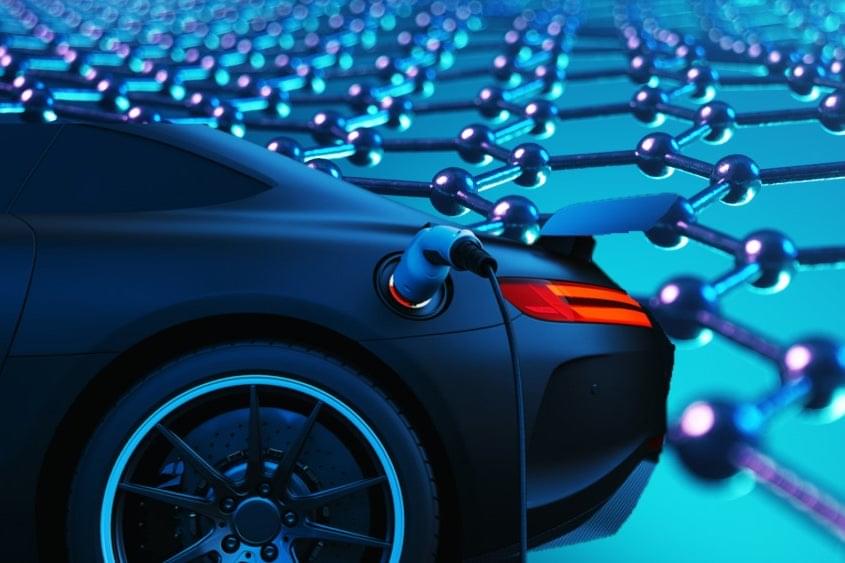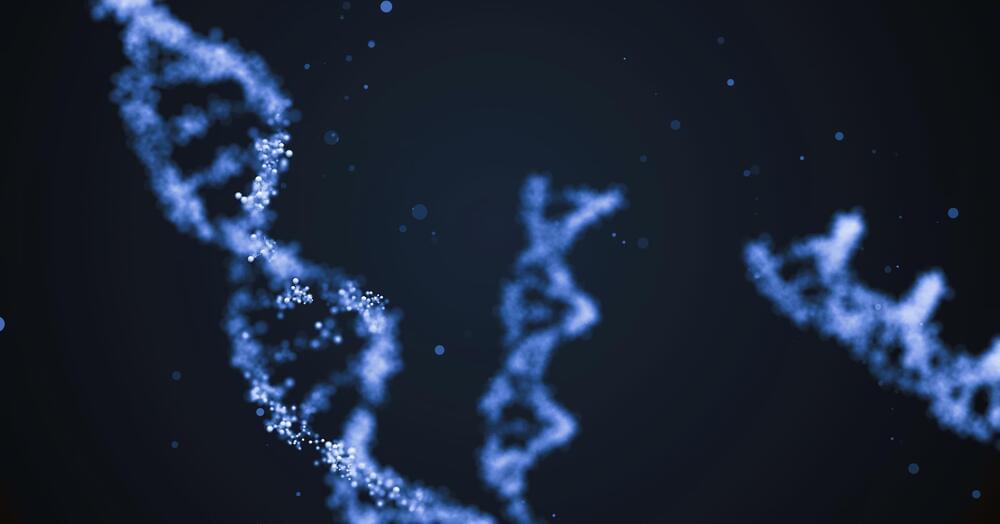Axiom Space’s second private crewed mission to the International Space Station is now scheduled to launch in just ten days, with the four-person crew preparing to conduct more than 20 scientific experiments while in space.
The Ax-2 mission will now launch no earlier than 5:37 p.m. EDT on May 21 from SpaceX’s Launch Complex 39A at NASA’s Kennedy Space Center. The crew will travel to the station onboard a SpaceX Falcon 9 rocket and Crew Dragon capsule, where they’ll remain for a roughly 10-day stint. This will mark the second fully private crew to visit the ISS; the first mission, also operated by Axiom Space, took place in April 2022.
The crew includes Peggy Whitson, the mission commander and Axiom’s director of human spaceflight; John Shoffner, the pilot; Ali Alqarni, mission specialist; and Rayyanah Barnawi, also a mission specialist. Alqarni and Barnawi are both members of Saudi Arabia’s first astronaut class and will be the first people from that country to visit the ISS. Shoffner, an Axiom investor, is the only paying customer on the crew.







